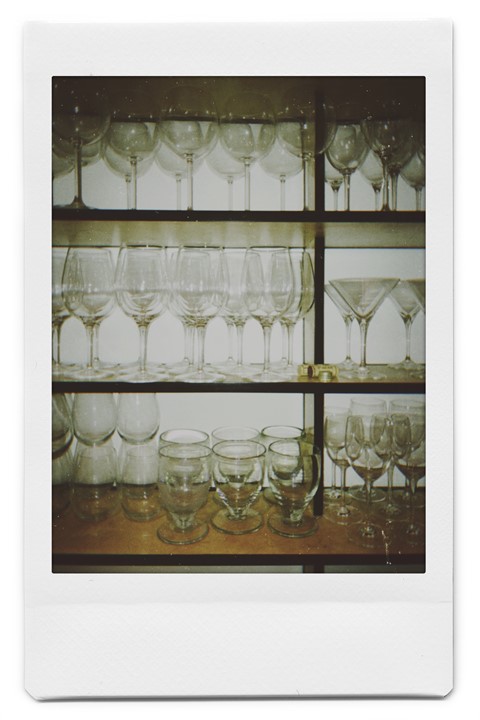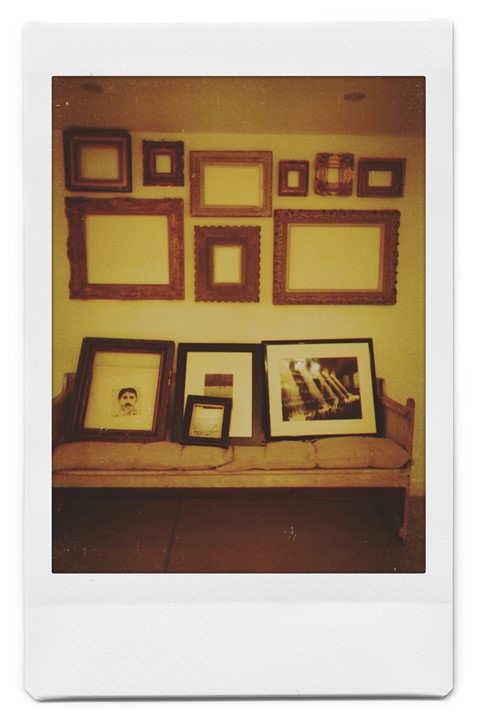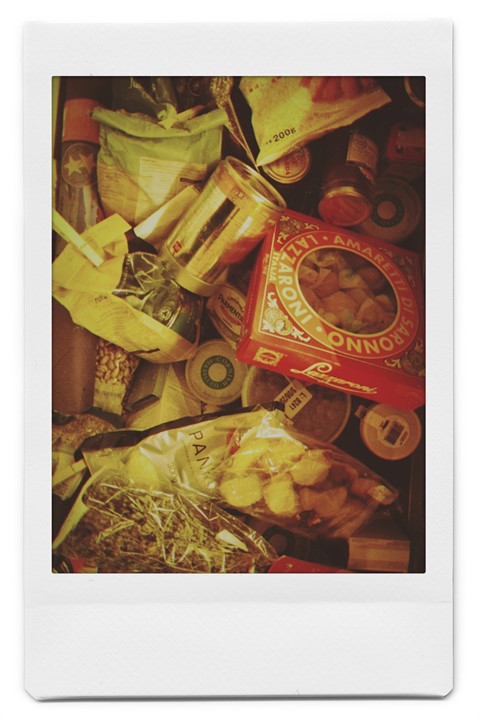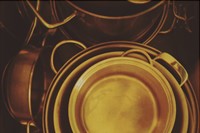In the first of a new series on prominent collectors, Daisy Hoppen introduces us to London’s Bayley family and their eclectic collection of homeware
In a new series, Daisy Hoppen, the founder of communications agency DH-PR, highlights prominent collectors from the worlds of fashion, art and design. First, the design-conscious Bayley family, who invite AnOther into their London home.
To open our ongoing series on prominent collectors, I wanted to begin with longtime family friends, the Bayleys. Stephen Bayley is a highly renowned and respected design journalist – or International Sex God, as he now prefers! His wife Flo is a brand consultant and always involved with creative pursuits, so they felt like a perfect duo to open with. Together, they present their home from a collector’s standpoint, framed through one of chaos: from kitchen crockery to walls and frames. To me, this reflects my belief that people’s collections can be wildly diverse, and not simply a wall of expensive art – there is so much more to discuss... and to collect! Here, Stephen talks us through some of his favourite pieces – and why collecting is a form of madness.
”Storage and collecting are – clearly – related activities. One practical, the other aesthetic. And both, at their extremes, inclined to madness. A congress of psychologists in Paris once decided that art collecting was a form of mania. I heard of someone with 150 Rolexes and this was certainly his case. And we have all seen horrific newsreels of modern hermits squalid and suffocating in neglected houses behind barriers of junk and thousands of supermarket plastic bags.
”But in the intelligent home, there are saner and more beautiful options. Why not make the practical necessity of storing stuff into something delightful and beautiful? Turning everyday objects into matters of aesthetic curiosity was the Modernist dream. And it’s a dream anyone can have.

”Grouping items by colour and materials is the beginning. Then you can start playing with shape. Additionally, repetition, lining things up in multiples, has a reliably calming effect on the eye. But isolating striking objects in good light works too.
”But not everything is exposed: there are also hidden stories. Bags of food and favourite pans are notably resistant to neatness. The secret behind our immaculate, engineered German kitchen cabinets is an agreeable jumble of pasta and stainless steel. Sometimes, chaos can be as accidentally beautiful as regular order is calming.”

Daisy Hoppen is the founder of DH-PR, a London-based communications agency. She also works in house with a small number of brands, companies and personalities across fashion, art and culture.



